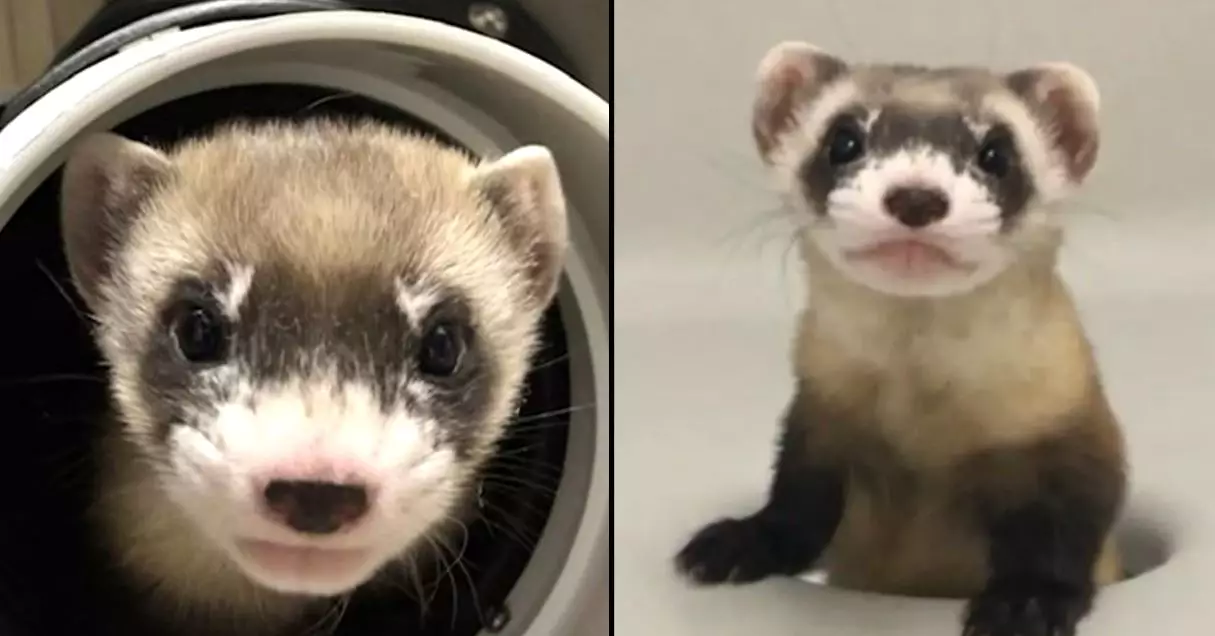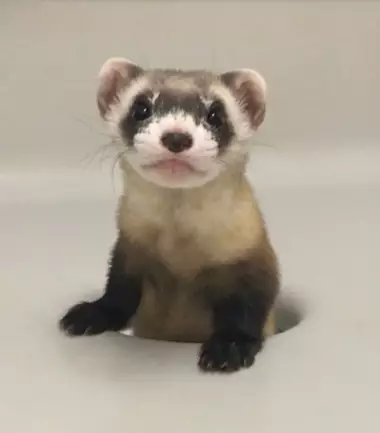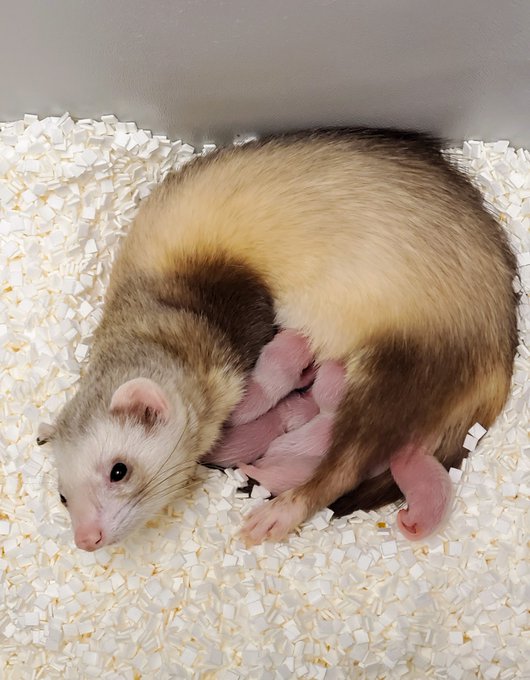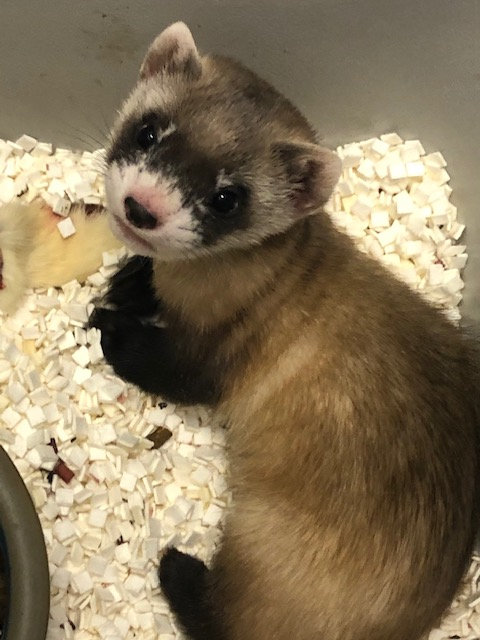
Scientists in the US have cloned a highly-endangered ferret that died 30 years ago.
The black-footed ferret, named Elizabeth Ann, was cloned using the DNA from a ferret that has been frozen since 1988.
It is the first time a North American endangered species has been cloned, and it is hoped the breakthrough will boost genetic diversity and population recovery efforts.

The U.S. Fish & Wildlife Service (USFWS) announced on Thursday (18 February) that Elizabeth Ann was born back on 10 December, following an 'innovative partnership' with Revive & Restore, ViaGen Pets & Equine, San Diego Zoo Global, and the Association of Zoos and Aquariums.
Advert
Noreen Walsh, director of the USFWS Mountain-Prairie Region, said: "Although this research is preliminary, it is the first cloning of a native endangered species in North America, and it provides a promising tool for continued efforts to conserve the black-footed ferret.
"Maintaining and increasing wild populations and suitable habitat continues to be essential for black-footed ferret recovery and will remain a priority for the Service.
"Successful genetic cloning does not diminish the importance of addressing habitat-based threats to the species or the Service's focus on addressing habitat conservation and management to recover black-footed ferrets."
The species was once thought to be extinct, with all of the ferrets around today descended from seven ancestors found in 1981.
Advert
Scientists hope cloning will help to diversify the gene pool of the species, making the creatures less susceptible to disease and genetic abnormalities.
Willa, the original ferret from which Elizabeth Ann was cloned, was found to possess three times more unique genetic variations than the living population, meaning that Elizabeth Ann could bring some much needed diversity to the population of the species - if she successfully reproduces.
Ryan Phelan, Revive & Restore executive director, said: "We've come a long way since 2013 when we began the funding, permitting, design and development of this project with the U.S. Fish and Wildlife Service.
Advert
"Genomics revealed the genetic value that Willa could bring to her species, but it was a commitment to seeing this species survive that has led to the successful birth of Elizabeth Ann.
"To see her now thriving ushers in a new era for her species and for conservation-dependent species everywhere. She is a win for biodiversity and for genetic rescue."


